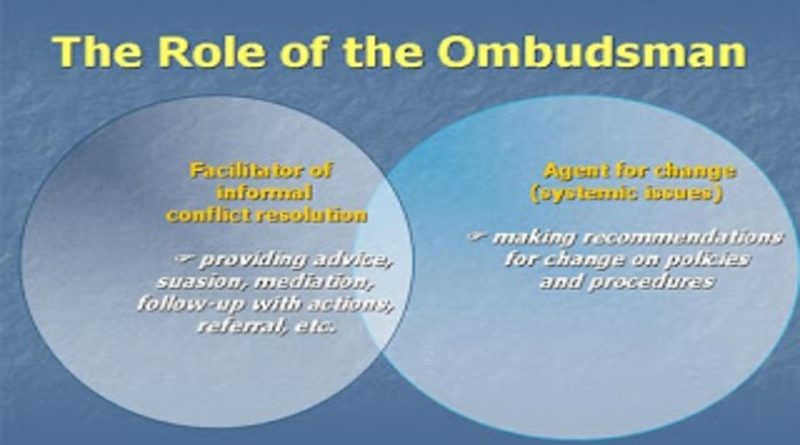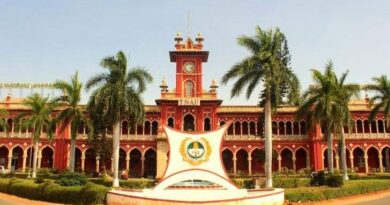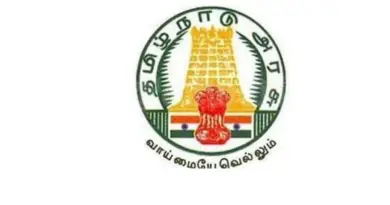Lokpal – The Master Control
In 1947 when India was all set free to govern itself it chose to be a democratic country where the people of India were entitled as the real masters while some elected bodies of representatives of the people were vested with powers and privileges as guided by the constitution were assigned to execute the government. The system of corruption which is universal did not spare the country of India which started corroding the elected rulers and transformed them into masters from public servants.
The need for a strong check and balance system was felt as the corruption allegations were kept rising. The trigger point for such auditing was the ‘Ombudsman’ system which was officially adopted by the government of Sweden in 1809. The world countries welcomed the great move and started following their footsteps. India also joined the club when the then law Minister Ashok Kumar Sen proposed about instituting a constitutional ombudsman to the nation in the 1960s. The Indianised version of this ombudsman ‘Lokpal’ for the center and ‘Lokayukta’ for states were coined by L.M.Singhvi.
After repeated failed attempts, the Lokpal and Lokayukta bills were successfully passed in both the houses of the parliament in the year 2013 and came into full force from January 2014.
Functions and jurisdiction:
- The main function is to constitute transparency and accountability among executives
- Investigate the corruption charges and take necessary action if convicted
- The jurisdiction includes Prime Minister, Ministers, Members of Parliament and other officials of the center.
- Recently the honorable Supreme court has declared that this will include the Chief Justice of India also.
- Can take control over and give guidelines to CBI, the investigating body of the center.
- Ensures the submission and declaration of asset-related data by the executives.

Lokpal search committee:
- The Department of Personnel Training does the task of proposing the list of candidates for the positions of Chairperson and members of Lokpal.
- The proposed list is analyzed and finalized by an eight-membered search committee.
- The short-listed list is placed in front of the selection panel headed by the Prime Minister, Speaker of LokSabha, Leader of Opposition in Loksabha, Chief Justice of India or a judge nominated by CJI, an eminent Jurist.
- This is seen as the limitation as the Lokpal includes Prime Minister too as its target so there is a chance of the selection being biased.

Structure of Lokpal:
- The multi-membered body is headed by a chairperson along with eight members to assist him.
- The chairperson should be a former chief justice of supreme court or former judge of Supreme court or an eminent expert in the field of law, public administration and anti-corruption wing, etc.
- Out of the eight members, half will be from the judiciary while rest are non-judicial members with expertise in the field of law, public administration and anti-corruption wing, etc.
- The judicial member is either a former judge of the Supreme court or a former Judge of High court.
- Half of the non-judicial members should be proposed from the SC/ST/OBC/Minorities and Women.
- The appointment of the chairperson and the members is done by the President.
- They enjoy a term of 5 years or 70 years of age, whichever is earlier.
Certain amendments were proposed in the Lokpal and Lokayukta bill which was passed in the year 2016 with necessary corrections. Under this act, Justice Pinaki Chandra Ghose was selected as the chairperson of Lokpal in March 2019. The constitution of Lokayukta was made mandatory in states within one year.

The Ministry of Personnel announced an open competition for designing the logo and motto of Lokpal. Out of 2236 entries that came for the logo, design by Prashanth Mishra of Allahabad was finalized as the logo of Lokpal. It consists of three human figures symbolizing the ombudsman with Ashok Chakra symbolizing the justice with an orange-colored book meaning the law with two extended hands meaning the balancing position of Lokpal. The motto reads a Sanskrit verse from Upanishad meaning “Do not be greedy for anyone’s wealth” strongly opposing the corruption.
Disclaimer: The pictures are just used only for reference. We do not own the copyrights.




